How to Scale a Venture Capital (or Private Equity) Fund
David Teten
MARCH 14, 2018
Managers of VC funds typically want to grow their business aggressively, just like the founders we back. But, we normally have a clear ceiling on how high we can grow AUM, before hitting practical limits to deploying capital within the traditional VC model. . – Provide hands-on operational support for portfolio companies.










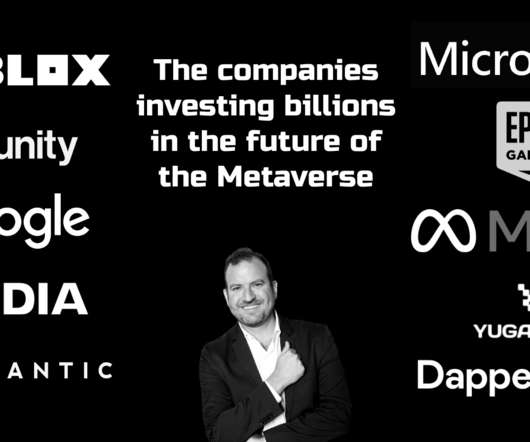







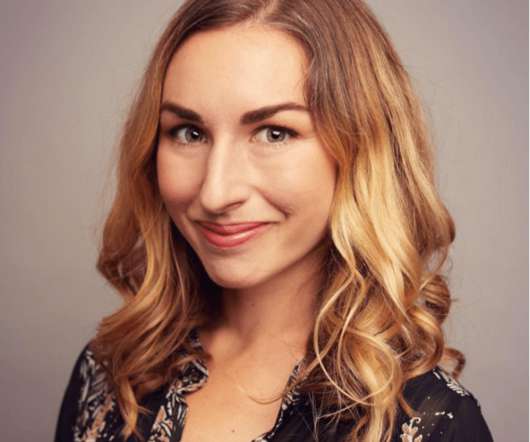








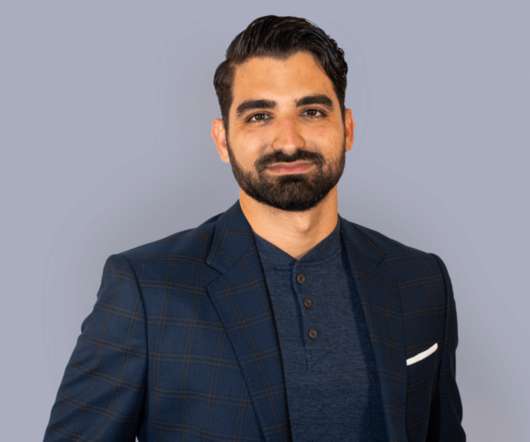



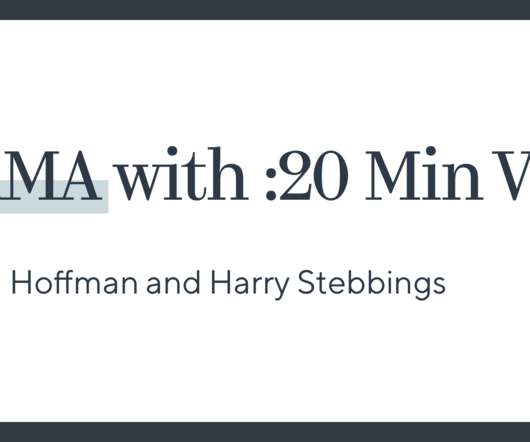


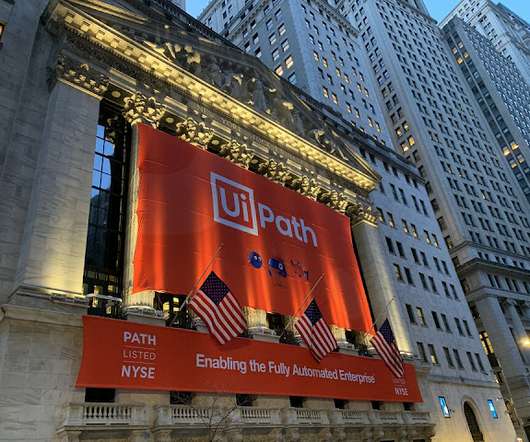






Let's personalize your content